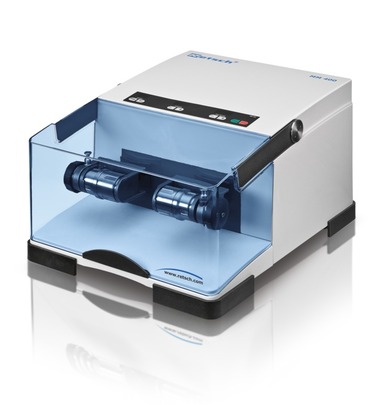
The latest white paper from Retsch provides information on the most suitable materials for cryogenic grinding, as well as detailing their range of products most suitable for the task.
To achieve meaningful results, solid sample material should always be sufficiently prepared before being subjected to chemical or physicalanalysis.
Care should be taken that the analysis sample fully represents the original material and that the sample preparation process is carried out reproducibly.
Most sample materials can be reduced to the required analytical fineness at room temperature by choosing a mill with a suitable size reduction principle.
However, there are limits for size reduction at room temperature, for example when even a small temperature increase affects the sample in a negative way; or when the material is very elastic.
The perfect solution for these types of samples is cold or cryogenic grinding, which involves grinding aids such as liquid nitrogen (-196°C) or dry ice (-78°C) which embrittle the sample by cooling and make it break more easily.
Retsch's downloadable paper details the performance of the procedure on a range of materials, as well as providing information to help users select the most suitable product for their particular needs.





